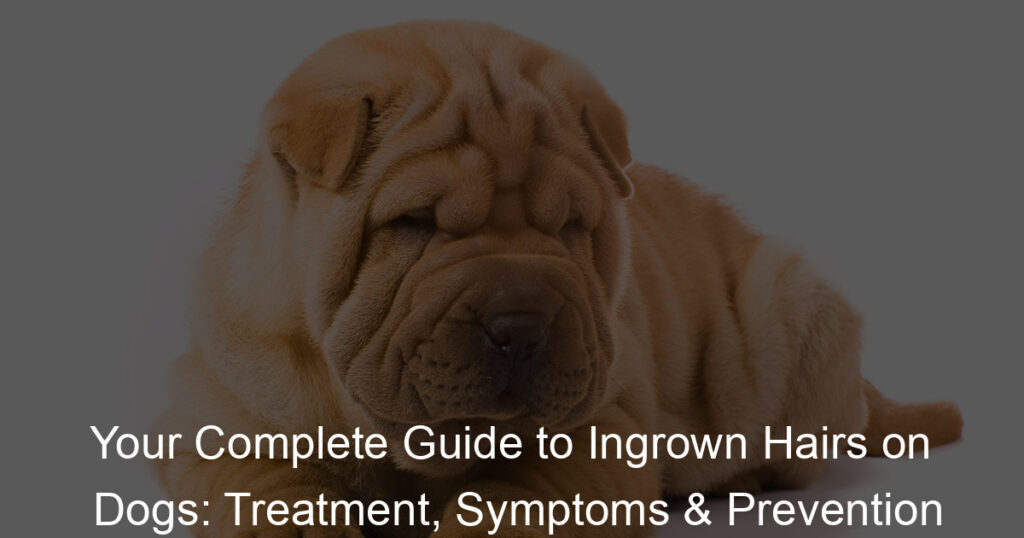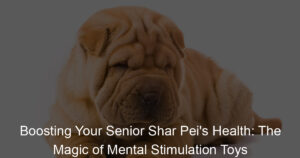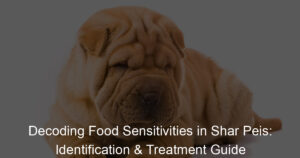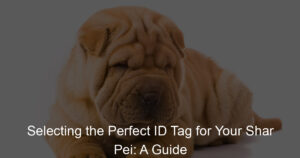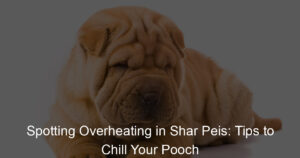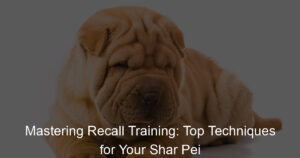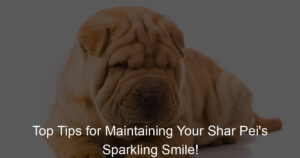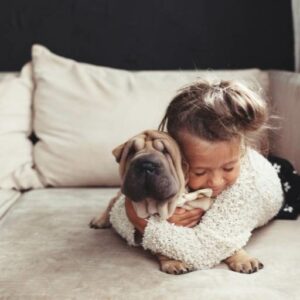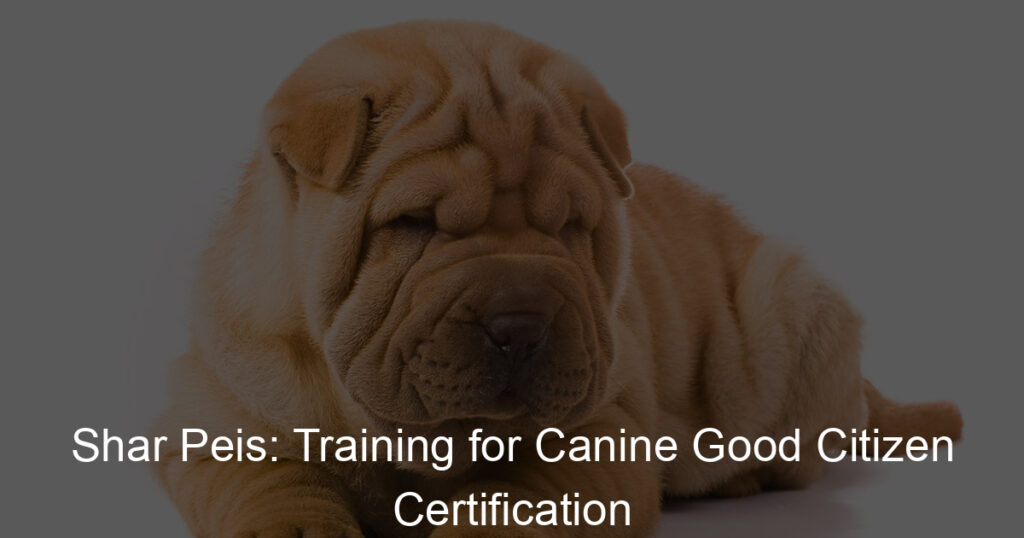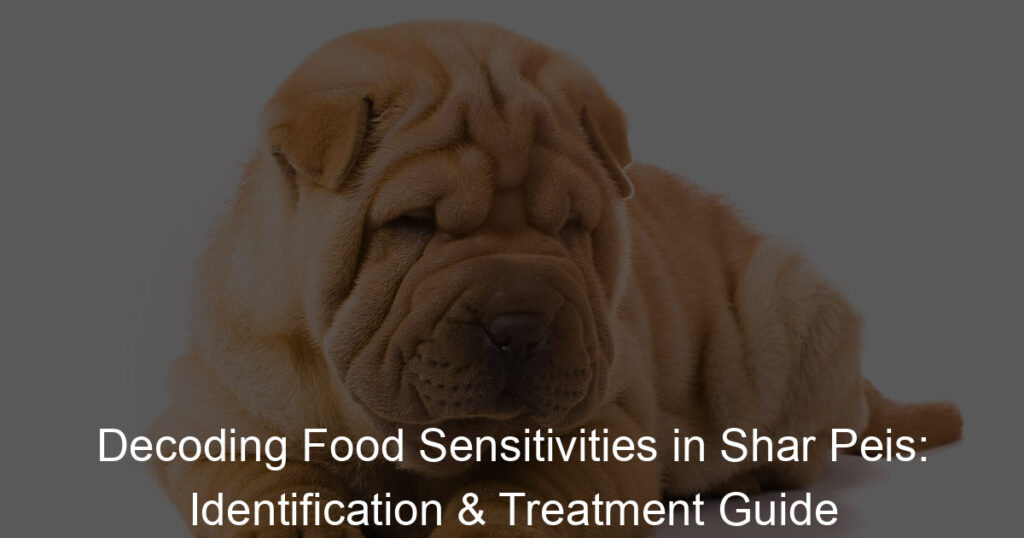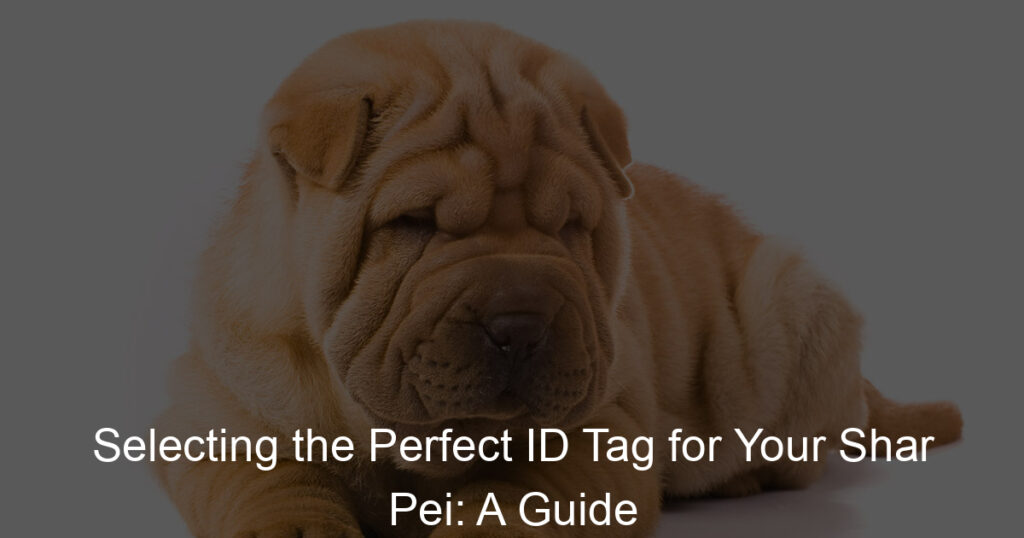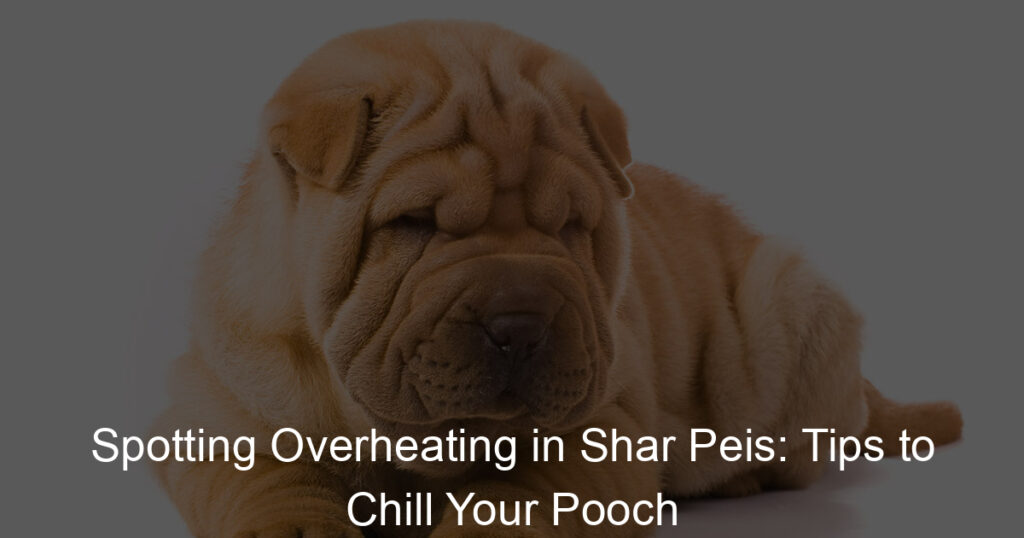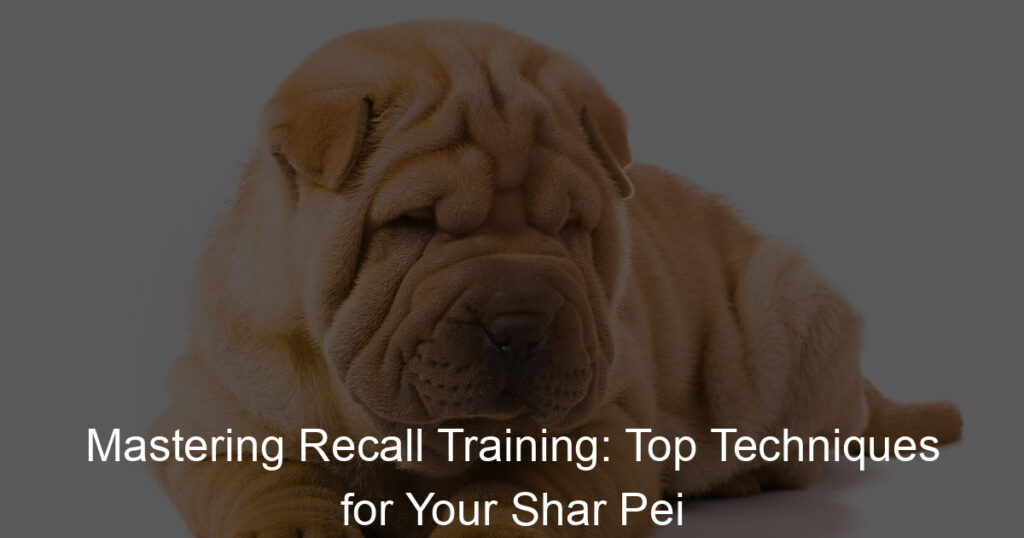Introduction to Ingrown Hairs in Dogs
As pet parents, we always want the best for our furry friends. However, sometimes, they can experience health issues that we may not fully understand. One such issue is ingrown hairs. Let’s dive into the world of dogs and ingrown hairs to better understand what it is and how common it is among our canine companions.
-
- Understanding the concept of ingrown hairs
Ingrown hairs, also known as “pseudofolliculitis,” occur when the hair grows back into the skin instead of rising up from it. It can cause inflammation, pain, and sometimes infection. This condition is not exclusive to humans; our four-legged friends can also suffer from it. It’s often caused by improper shaving, but in dogs, it can be due to various factors like skin conditions, frequent scratching, or even their breed. For instance, dogs with curly or coarse hair like Shar Peis are more prone to developing ingrown hairs.
-
- How common is ingrown hair in dogs?
Ingrown hairs in dogs are not as common as in humans, but they do occur. The frequency of occurrence can vary greatly depending on the dog’s breed, hair type, and overall health. Dogs with short, curly hair are more prone to ingrown hairs. Similarly, dogs that scratch or lick a particular area frequently can also develop this condition due to the constant irritation to their skin. It’s always important to keep an eye on any changes in your dog’s skin or coat to catch any potential issues early.
Symptoms of Ingrown Hairs in Dogs
Just like humans, our furry friends can also suffer from ingrown hairs. These can cause discomfort and even lead to infections if not treated promptly. Here are the common symptoms you should look out for in your dog.
Common Canine Ingrown Hair Symptoms
Ingrown hairs in dogs can manifest in several ways. It’s important to keep a close eye on your pet’s skin, especially in areas where the fur is dense. Here are the most common symptoms associated with canine ingrown hairs:
- Redness and inflammation: This is often the first sign of an ingrown hair. The affected area may appear red and feel warm to the touch. Your dog might also show signs of discomfort when the area is touched.
- Swelling and discomfort: As the ingrown hair continues to grow, it can cause swelling and discomfort. Your dog may start to scratch or lick the area excessively, which can further irritate the skin.
- Formation of pus-filled bumps: If the ingrown hair becomes infected, it can lead to the formation of pus-filled bumps. These bumps can be painful for your dog and may require veterinary attention.
Remember, every dog is different and may not exhibit all these symptoms. If you notice any changes in your dog’s skin or behavior, it’s always a good idea to consult with a vet. Early detection and treatment can help prevent more serious complications.
Case Study: Spotting Ingrown Hair Issues in Dogs
- First-hand account of a dog ownerMeet Jane, a proud owner of a Shar-Pei named Spot. One day, she noticed Spot was constantly scratching a particular area on his back. Upon closer inspection, she saw redness and swelling. “I thought it was just a bug bite at first, but then I noticed a small, pus-filled bump,” Jane recalls. “That’s when I realized it could be something more serious.”
- Identifying the symptomsSpot showed common symptoms of ingrown hairs in dogs. He had redness and inflammation around the area, and there was noticeable discomfort. Jane noticed that Spot would whimper when she touched the area. “He also lost his appetite and seemed less energetic than usual,” Jane adds. “I knew I had to seek professional help.”
- Seeking professional helpJane took Spot to the vet, who confirmed that the symptoms were indeed due to an ingrown hair. The vet explained that this is a common issue in dogs with thick coats like Shar-Peis. “The vet drained the pus-filled bump and prescribed antibiotics to prevent infection,” Jane shares. “Spot was back to his old self in no time.”
In conclusion, it’s important for dog owners to be vigilant about their pet’s health. Regular grooming and check-ups can help prevent issues like ingrown hairs. If you notice any unusual symptoms in your dog, don’t hesitate to seek professional help. Remember, early detection and treatment can make a big difference.
Treatment for Dog’s Ingrown Hairs
Ingrown hairs can be a real pain for your furry friend. But don’t worry, there are a few treatment options that can help your dog feel better. Let’s take a look at them.
Dog Ingrown Hair Treatment Options
There are several ways to treat ingrown hairs in dogs. The best approach depends on the severity of the condition. Here are some common treatments:
- Topical treatments: These are creams or ointments that you apply directly to your dog’s skin. They can help to reduce inflammation and soothe the affected area. Some topical treatments also contain ingredients that can help to kill bacteria, which can prevent infection.
- Antibiotics: If your dog’s ingrown hair has led to an infection, your vet may prescribe antibiotics. These can help to kill the bacteria causing the infection and speed up the healing process.
- Surgical intervention: In severe cases, your vet may need to perform a minor surgery to remove the ingrown hair. This is usually a last resort, used only when other treatments have failed.
Remember, it’s always best to consult with your vet before starting any new treatment. They can provide you with the best advice based on your dog’s specific needs.
Ingrown Hair Remedies for Dogs
When it comes to treating ingrown hairs in our furry friends, there are a few home remedies that can be effective. However, it’s important to know when to avoid these remedies and seek professional help. Let’s dive into it!
-
- Home Remedies and Their Effectiveness
Home remedies can sometimes be a good first step in treating your dog’s ingrown hairs. Here are a few you can try:
-
-
- Warm Compress: Applying a warm compress to the affected area can help soften the skin and bring the ingrown hair to the surface. Just make sure the compress isn’t too hot to avoid burning your dog’s skin.
- Topical Treatments: Over-the-counter creams and ointments designed for ingrown hairs can be effective. Just make sure they’re safe for use on dogs before applying.
- Regular Grooming: Regularly brushing your dog’s coat can help prevent ingrown hairs by removing dead skin cells and keeping the hair follicles clear.
-
Remember, these remedies may not work for all dogs or all types of ingrown hairs. It’s important to monitor your dog’s condition closely and consult a vet if you don’t see improvement.
-
- When to Avoid Home Remedies
While home remedies can be helpful, there are times when they should be avoided. If your dog’s ingrown hair is causing severe discomfort, leading to infection, or not improving with home treatment, it’s time to seek professional help. A vet can provide more effective treatments like antibiotics or surgical intervention if necessary.
Also, if your dog has a history of skin issues or is prone to ingrown hairs, it’s best to consult a vet before trying any home remedies. They can provide guidance based on your dog’s specific needs and health history.
Remember, your dog’s health and comfort are the most important things. When in doubt, always consult a professional.
Prevention of Ingrown Hairs on Dogs
Ingrown hairs on dogs can cause discomfort and lead to infections if not addressed promptly. However, with the right preventive measures, you can keep your furry friend free from this issue. Here are some ways to prevent ingrown hairs in dogs.
How to Prevent Ingrown Hairs in Dogs
- Proper grooming techniques: Regular grooming is essential for preventing ingrown hairs. Brush your dog’s coat daily to remove loose hairs and prevent them from curling back into the skin. When bathing your dog, use a gentle shampoo and conditioner designed for dogs to keep their skin healthy and moisturized. Also, when trimming your dog’s hair, make sure to do it in the direction of hair growth to avoid causing irritation that could lead to ingrown hairs.
- Regular vet check-ups: Regular check-ups with your vet can help detect any potential problems early. Your vet can examine your dog’s skin and coat for signs of ingrown hairs and provide treatment if necessary. They can also provide advice on the best grooming techniques and products for your dog’s specific breed and hair type.
- Diet and exercise: A healthy diet and regular exercise can help keep your dog’s skin and coat in top condition. Foods rich in Omega-3 fatty acids, like fish and flaxseeds, can help keep your dog’s skin moisturized and prevent dryness that can lead to ingrown hairs. Regular exercise helps to improve blood circulation, which can promote healthier skin and hair.
By following these preventive measures, you can help keep your dog’s skin healthy and free from ingrown hairs. Remember, prevention is always better than cure, especially when it comes to your dog’s health.
Guide to Dog’s Hair Care
Proper hair care is crucial to preventing ingrown hairs in dogs. Here are some key steps to follow:
-
- Choosing the right grooming tools
Choosing the right grooming tools is the first step to effective dog hair care. Brushes, combs, and clippers are some of the essential tools you’ll need. The type of brush you choose should depend on your dog’s hair type. For instance, a slicker brush is great for dogs with long and medium hair, while a bristle brush works well for dogs with short hair. Clippers are necessary for trimming your dog’s hair, which can help prevent ingrown hairs. Make sure to choose a high-quality clipper that won’t pull or break your dog’s hair.
-
- Understanding your dog’s hair type
Understanding your dog’s hair type is crucial for effective grooming. Dogs have different hair types, including short, medium, long, curly, and wiry. Each hair type requires a different grooming approach. For instance, dogs with long hair require more frequent brushing to prevent tangles and mats, which can lead to ingrown hairs. On the other hand, dogs with short hair may not need to be brushed as often, but they still require regular grooming to keep their coat healthy and prevent skin issues.
-
- Creating a grooming schedule
Creating a grooming schedule can help ensure that your dog’s hair is properly cared for. How often you should groom your dog depends on their hair type. Long-haired dogs may need to be groomed daily, while short-haired dogs might only need grooming once a week. Regular grooming can help prevent ingrown hairs by keeping your dog’s hair free of tangles and mats. It also gives you a chance to check your dog’s skin for any signs of problems, such as redness, swelling, or unusual growths.
Remember, proper hair care is just one aspect of preventing ingrown hairs in dogs. Regular vet check-ups and a healthy diet and exercise routine are also important. With the right care and attention, you can help keep your dog’s coat healthy and prevent skin issues like ingrown hairs.
Conclusion: Understanding and Managing Ingrown Hair Issues in Dogs
As we wrap up our discussion on ingrown hairs in dogs, it’s essential to remember that this is a common issue that can cause discomfort and even lead to more severe health problems if not addressed promptly. Understanding the symptoms, treatments, and prevention methods can help you keep your furry friend healthy and happy.
- Recap of symptoms, treatment, and prevention: Ingrown hairs in dogs can cause symptoms like redness, swelling, and discomfort. They can be treated with a combination of professional vet care and at-home remedies. Prevention methods include regular grooming and a healthy diet. For more details, revisit our sections on Symptoms of Ingrown Hairs in Dogs, Treatment for Dog’s Ingrown Hairs, and Prevention of Ingrown Hairs on Dogs.
- Importance of early detection and treatment: Detecting ingrown hairs early can prevent them from developing into more serious conditions like skin infections. Regular check-ups and grooming can help you spot any potential issues early. If you notice any symptoms, it’s crucial to seek veterinary care promptly to ensure your dog gets the right treatment.
- Key takeaways for dog owners: As a dog owner, your pet’s health and wellbeing are in your hands. Understanding the signs of ingrown hairs, knowing how to treat them, and taking steps to prevent them can help ensure your dog stays healthy. Remember, regular grooming, a balanced diet, and prompt veterinary care when needed are key to managing and preventing ingrown hairs in dogs.
By understanding and managing ingrown hair issues in dogs, you can help your dog live a more comfortable and healthier life. Remember, when in doubt, always consult with a professional veterinarian.

